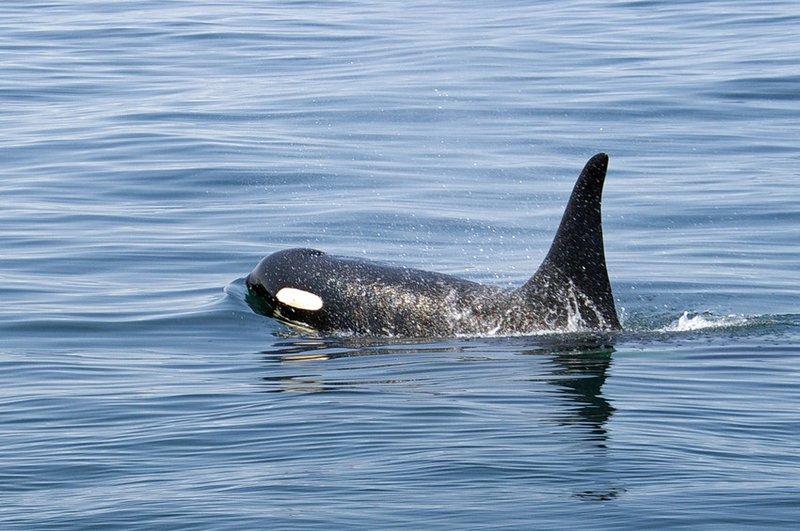For Immediate Release, November 12, 2020
|
Contact: |
Miyoko Sakashita, (510) 844-7108, miyoko@biologicaldiversity.org |
Navy’s Pacific Northwest Training Plan to Harass Endangered Whales
Marine Mammal Take Analysis Ignores Right Whales Facing Extinction
SEATTLE— The Trump administration published a final rule today allowing the U.S. Navy to harm and harass endangered whales and other marine mammals 1.7 million times during military training exercises in the Pacific Northwest over the next seven years.
The National Marine Fisheries Service analysis finds that sonar, explosions and speeding vessels would harm more than 200 humpback whales, 300 minke whales and 10 blue whales each year.
But the rule fails to properly analyze harm to the most critically endangered whale populations in the region: Southern Resident killer whales, which are down to just 74 individuals; and North Pacific right whales, which are down to just a couple dozen animals and facing imminent extinction if left unprotected.
“This plan allows Navy war games to harm and harass marine mammals from the Pacific Northwest to Alaska. Critically endangered orcas and right whales would be assaulted by sonar and explosions,” said Miyoko Sakashita, oceans program director with the Center for Biological Diversity. “We understand the need for military training, but the Navy can do much more to balance that with its legal obligation to minimize harm to vulnerable marine life.”
Today’s rule and regulations are triggered by the Marine Mammal Protection Act, which requires the Navy to minimize harm to vulnerable marine life during its training exercises. Sonar and explosions used during training can deafen marine mammals and interfere with their feeding, breeding and migration patterns. Undersea noise pollution also harms zooplankton, the basic building block of ocean life, causing mortality rates of up to 50%.
The analysis discounts harm to vulnerable marine species in which the Navy will disrupt essential behaviors for their survival. Southern Resident orcas would be harassed about 250 times during the seven years; they have recently experienced an alarming decline, and any additional threats could spell their extinction.
The regulations purport to improve mitigation measures for Southern Residents, but the Fisheries Service refused to completely stop harmful activities in their proposed critical habitat. The Service failed to even analyze harm to North Pacific right whales because they’re so rare.
Cuvier’s beaked whales would suffer 2,539 instances of harm in a year to a population of just 3,274 whales. These whales are among the most vulnerable to sonar, which has been associated with numerous stranding events. The analysis also shows more common species would suffer thousands of repeated disturbances, with two dolphin species harmed more than 26,000 times each.

The Center for Biological Diversity is a national, nonprofit conservation organization with more than 1.7 million members and online activists dedicated to the protection of endangered species and wild places.

